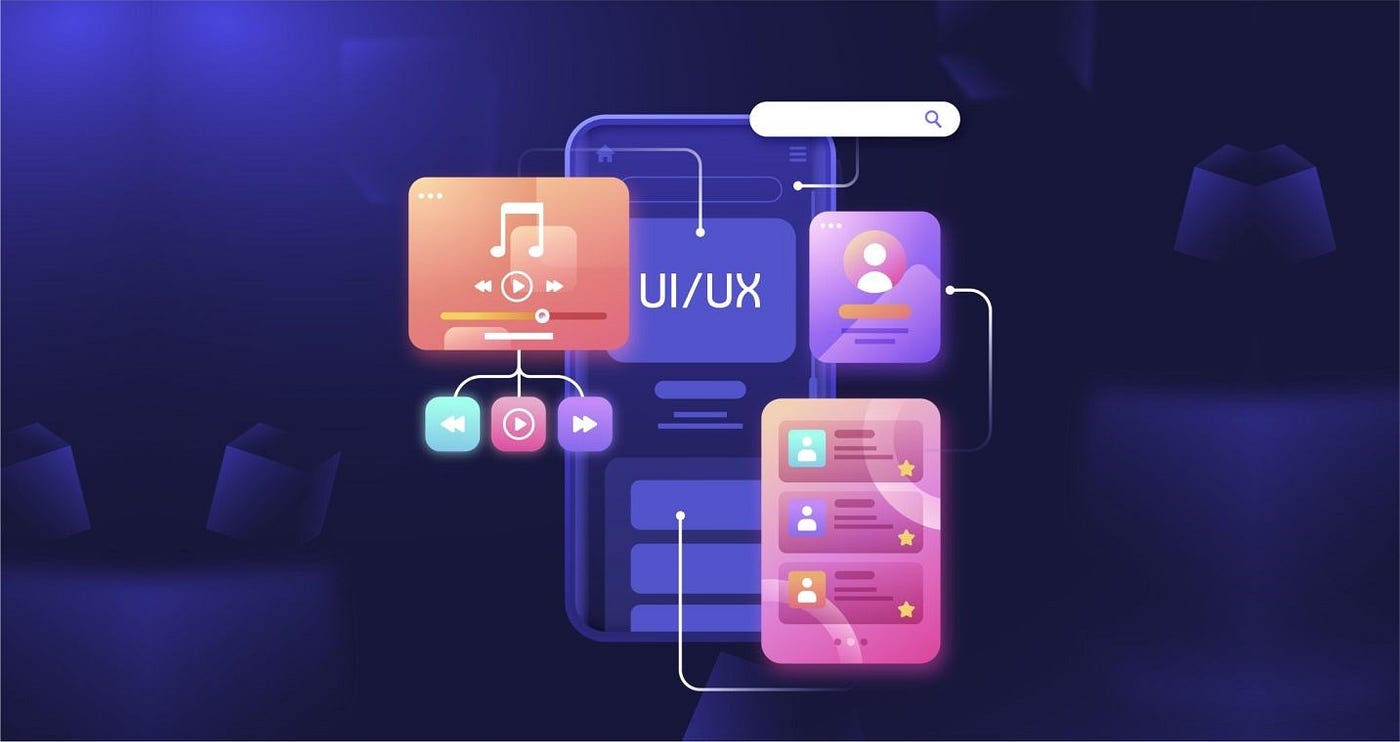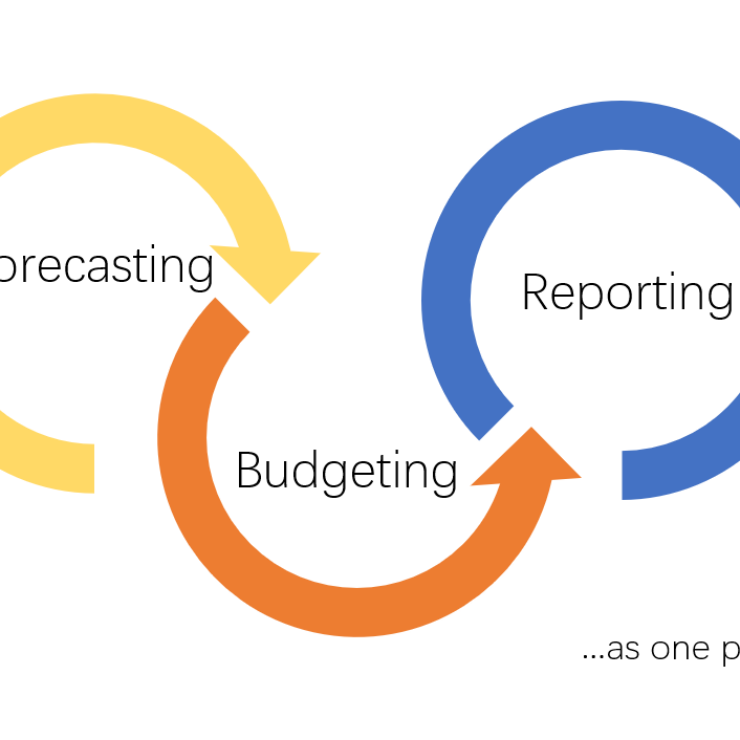In the ever-evolving landscape of enterprise resource planning (ERP) systems, the focus on user experience (UX) has become paramount. Businesses are increasingly adopting conversational interfaces to enhance the interaction between users and ERP solutions. OpenScope ERP, with its robust features and flexibility, provides a unique platform for designing natural and engaging chat interfaces that streamline user interactions. In this blog, we delve into the world of Conversational UX, exploring the principles, benefits, and strategies for creating seamless chat interfaces within the OpenScope ERP ecosystem.
Understanding Conversational UX:
Conversational UX revolves around creating user interfaces that mimic human conversation. Unlike traditional interfaces, conversational interfaces leverage natural language processing (NLP) to allow users to interact with software in a more intuitive and human-like manner. OpenScope ERP, recognizing the importance of user-centric design, integrates conversational UX to make complex ERP functionalities accessible and user-friendly.
Benefits of Conversational UX in OpenScope ERP:
Improved Accessibility: Conversational interfaces break down barriers for users who may not be familiar with complex ERP jargon. By using natural language, OpenScope ERP ensures that users can interact with the system effortlessly, making ERP functionalities more accessible to a broader audience.
Enhanced User Engagement: Traditional ERP interfaces can be overwhelming, leading to disengagement. Conversational UX, however, promotes engagement by providing users with a more interactive and dynamic experience. This can result in increased user satisfaction and a more productive workforce.
Efficient Task Execution: Chat interfaces in OpenScope ERP allow users to execute tasks through simple conversational commands. This streamlines processes, making it quicker and more efficient for users to perform complex operations without navigating through multiple screens and options.
Design Principles for Conversational UX in OpenScope ERP:
Clarity and Simplicity: The key to successful conversational UX in OpenScope ERP is clarity and simplicity. The language used in the chat interface should be concise and easily understood by users of varying expertise levels. Clear prompts and responses guide users through the system seamlessly.
Personalization: OpenScope ERP’s conversational interface should be customizable to adapt to users’ preferences. Personalization ensures that the system understands individual users’ requirements and tailors responses and suggestions accordingly.
Context Awareness: Building a context-aware chat interface is crucial for OpenScope ERP. The system should be able to remember and reference past interactions, providing a more cohesive and personalized experience for users.
Feedback Mechanisms: Continuous feedback loops help in refining the conversational interface over time. OpenScope ERP should collect user feedback to understand pain points and areas for improvement, ensuring a user-centric design approach.
Strategies for Implementing Conversational UX in OpenScope ERP:
User Research and Analysis: Before implementing a conversational interface, it’s essential to conduct thorough user research within the OpenScope ERP user base. Analyze user behavior, pain points, and expectations to design a chat interface that aligns with users’ needs.
Integration of NLP Capabilities: OpenScope ERP’s conversational interface relies on natural language processing capabilities. Integrate advanced NLP algorithms to accurately understand user input, allowing for a more fluid and natural conversation flow.
Multi-Channel Support: OpenScope ERP’s conversational UX should extend beyond a single channel. Ensure compatibility with various communication channels such as text, voice, and even chatbots, providing users with flexibility in how they interact with the ERP system.
Continuous Testing and Iteration: Implementing conversational UX in OpenScope ERP is an iterative process. Regularly test the interface with real users, gather feedback, and make continuous improvements to enhance the user experience over time.
Case Studies: Successful Implementations of Conversational UX in OpenScope ERP
Company A: Streamlining Inventory Management: By implementing a conversational interface in OpenScope ERP, Company A simplified the inventory management process. Warehouse staff could now use natural language commands to check stock levels, update inventory, and generate reports, leading to significant time savings and reduced errors.
Company B: Enhancing Customer Relationship Management (CRM): OpenScope ERP’s conversational UX was utilized by Company B to improve CRM functionalities. Sales representatives could engage in more natural and personalized interactions with clients, leading to increased customer satisfaction and improved sales outcomes.
Challenges and Considerations in Implementing Conversational UX in OpenScope ERP:
Data Security and Privacy: Conversational interfaces involve the processing of sensitive data. OpenScope ERP must implement robust security measures to ensure the confidentiality and integrity of user information.
User Training: Users accustomed to traditional ERP interfaces may require training to adapt to the conversational UX paradigm. OpenScope ERP should provide comprehensive training programs to familiarize users with the new interface.
Integration with Existing Systems: Seamless integration with existing ERP modules is crucial. OpenScope ERP should ensure that the conversational interface works cohesively with other modules and doesn’t disrupt existing workflows.
Conclusion:
Conversational UX is revolutionizing the way users interact with enterprise software, and OpenScope ERP is at the forefront of this evolution. By designing natural and engaging chat interfaces, businesses can unlock the full potential of their ERP systems, making complex processes more accessible and user-friendly. As technology continues to advance, the marriage of Conversational UX and OpenScope ERP promises a future where enterprise software is not just a tool but a trusted and intuitive companion in the business journey.




